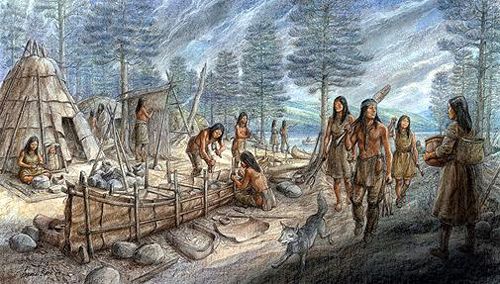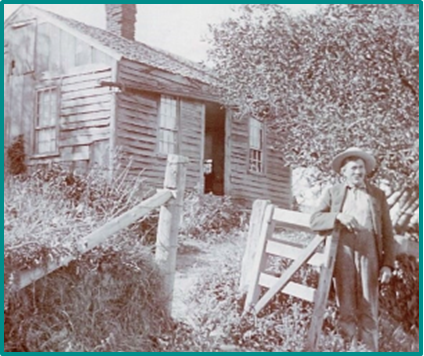Tribal Alliance
The Brothertown history and culture builds from the history and culture of our parent tribes and from the tribes and peoples we have had relationships with over centuries. Our roots are deep and our branches reach wide.

Our six parent tribes came from the following seven Indian villages:
- Mohegan – Mohegan, Connecticut
- Montaukett – Montauk, New York
- Narragansett – Charleston, Rhode Island
- Niantic – Rhode Island and Connecticut
- Pequot – Connecticut
- Mashantucket Pequot Tribal Nation – Mashantucket
- Eastern Pequot Tribal Nation – North Stonington
- Tunxis – Farmington, Connecticut.
Links to Tribal Websites and additional information on our all Parent Indian Nations below:
By the 1760s, the New England Tribes had been affected by several events: illness brought by the Europeans, uncontrolled encroachment of white settlements, and several wars had devastated Connecticut. A number of Quinnipiac Indians had joined the Tunxis (just as some Quinnipiac had joined the Paugusett and other tribes), these events had affected the fundamental existence of many New England Tribes. These peoples and their traditions have become part of the Brothertown history and tradition, as well.
The Oneida and the Stockbridge-Munsee are also a large part of the Brothertown story.
In March 1775, the first Brothertown Indians moved to New York to land granted to us by the Oneida. Intending to live there in amity and as brothers, we called our settlement “Brothertown.” One month later, the first Revolutionary War engagements took place in Lexington and Concord, but the war soon spread beyond the borders of the Massachusetts colony. The Brothertown settlement in New York was initially short lived. Although the Brothertown had begun the war professing neutrality, we soon aligned with the Americans. As a result, our settlement in New York was largely burnt out by pro-British sympathizers in 1777 and many of the early Brothertown settlers retreated east. Others of the tribe fought alongside the Americans.

During and after the war, the Brothertown remained close with the Oneida in New York and became close with the Stockbridge in Massachusetts, as many of our Tribe had settled with the Stockbridge, hoping to wait out the war. We returned to New York in 1783; in 1785 and 1788, parties of Stockbridge Indians joined us in New York, on lands granted them by the Oneida.
By the early 1800s, with white settlements encroaching on the New York land, and a reduction of the Brothertown reservation land of more than 60% by the State of New York, it became clear that another move would be needed. A move to Indiana was aborted. Ultimately, the Tribe’s move west was made by the Brothertown, as well as by members of the Oneida and the Stockbridge-Munsee.
We share much with these two nations, and they have done much to protect and to enrich the Brothertown culture and history. A settlement begun so that Christian members of six tribes could live as brothers has grown to a rich, storied, and invaluable kinship.
